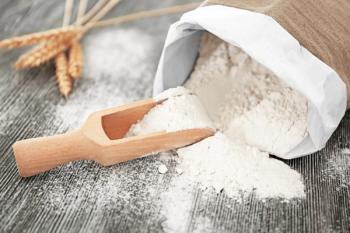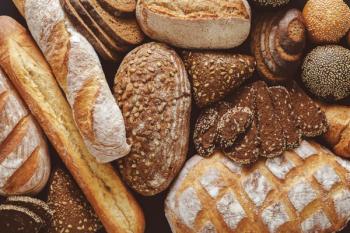
Analyzing Ancient Food and Wine Residues
Key Takeaways
- A novel method using FT-IR spectroscopy and ML enables real-time identification of organic residues in archaeology, overcoming traditional lab limitations.
- The study tested six ML algorithms, with random forest, k-nearest neighbor, and backpropagation neural networks achieving high prediction accuracy.
A recent study explored a novel approach to analyze ancient food and wine residues using FT-IR spectroscopy.
Archaeology is the study of the ancient past in order to gain a better understanding of how ancient societies functioned and how their social, cultural, and political systems have shaped the current modern landscape. To better understand the way of life of previous societies, archaeologists like to study their dietary practices and brewing techniques. Recently, a team of researchers experimented with a novel approach to analyze ancient food and wine residues. The study, which was published in the Journal of Cultural Heritage (1), introduces a powerful non-targeted spectral fingerprinting method that combines Fourier transform infrared (FT-IR) spectroscopy with machine learning (ML) algorithms.
The study of food and drink in archaeology has value besides telling archaeologists about the nutritive value ancient societies had in their diets. Food and drink in ancient societies were often associated with social class, so these items could help archaeologists learn more about the social, economic, religious, and historical realities of a culture during that time (2).
Traditionally, the detection of food and beverage residues requires complex laboratory procedures, often taking weeks or months to complete and risking contamination or damage to delicate artifacts (1). The new approach presented in this study sought to bridge the gap between excavation sites and laboratory analysis, offering the potential for real-time, reliable identification of organic residues in archaeological contexts (1).
What did the researchers do in their study?
In their study, the research team took 23 modern wine and food samples, which included rice wine, soy sauce, meat, and tea extracts, and simulated aging experiments on them. Then, after the research team compiled more than 2000 residue samples, FT-IR spectroscopy was used to acquire detailed IR absorption spectra reflecting differences in chemical composition and molecular structure (1). The preprocessing procedure was extensive, and it involved smoothing, baseline correction, and normalization. This was conducted to improve the quality of the spectral data (1).
Among the eight tested preprocessing techniques, the standard normal variate (SNV) method proved the most effective in reducing variability and improving prediction accuracy (1).
What were the key components to this study?
One of the main components of this study was the research team’s usage of ML algorithms. The researchers tested six of them in their study, which were linear discriminant analysis (LDA), decision tree classification (DTC), support vector machine (SVM), random forest (RF), k-nearest neighbor (KNN), and backpropagation neural networks (BPNN).
What were the results of the study?
The researchers found that models based on RF, KNN, and BPNN were especially effective, with prediction accuracies nearing 100 percent in many cases (1). The BPNN model excelled during external validation, achieving a remarkable 99% confidence estimate when applied to authentic archaeological wine residues as well as samples simulated to have aged for nearly a decade (1).
What were the limitations of this study?
At the end of their article, the researchers discussed the limitations of their study. One important consideration was that prolonged aging significantly reduces the presence of distinctive chemical markers, making it challenging to distinguish between specific food or wine types (1). For example, although the models could confirm the presence of fermented beverage residues, identifying whether they came from millet-based yellow wine or rice wine was less reliable after extensive degradation (1). To address this limitation, the researchers commented that expanding databases of simulated aged residues could help improve model portability, enabling archaeologists to screen samples on-site rather than relying solely on distant laboratory facilities (1).
The researchers also mention that there are plans to refine their workflow into a standardized method capable of shortening the time from sample collection to result output. The research team envisions a portable system that allows archaeologists to conduct rapid screening in the field, preserving artifact integrity while accelerating discoveries (1).
This integration of FT-IR spectroscopy, ML, and archaeological science marks an important step in cultural heritage research. By unlocking the molecular fingerprints of ancient foods and drinks, the researchers showed how ML, in collaboration with FT-IR spectroscopy, can help archaeologists learn more about the eating and drinking habits of ancient civilizations.
References
- Xiao, N.; Qi, X.; Wang, B; et al. Rapid Discrimination Modeling of Common Wine and Food Residues in Archaeology Based on Machine Learning and Infrared Spectroscopy. J. Cul. Her. 2025, 73, 195–205. DOI:
10.1016/j.culher.2025.03.005 - Curet, L. A.; Pestle, W. J. Identifying High-status Foods in the Archeological Record. J. Anthro. Arch. 2010, 29 (4), 413–431. DOI:
10.1016/j.jaa.2010.08.003
Newsletter
Get essential updates on the latest spectroscopy technologies, regulatory standards, and best practices—subscribe today to Spectroscopy.





